This newsletter is a reader-supported publication. We’re trying to keep things as free as possible, but if you enjoy what I write and want access to exclusive weekly recipes, and if you are at a point in your life to support our newsletter, please consider becoming a paid subscriber. Thank you!
This is a new episode of our podcast Cooking with an Italian Accent. You can listen to all the past episodes here or on podcast platforms such as Apple and Spotify.
Some of my favourite episodes:
Ep 01x25 - Italians and overcooked vegetables
Ep 01x35 - Cooking during the lockdown
Ep 01x36 - How do you learn to cook?
Ep 01x43 - Food and Motherhood
I’m sitting in my kitchen on a hot July morning. Windows are wide open, to catch even the faintest breeze which might help mitigate the swelter, but I’ll be shutting them soon, to keep the house in the dim light, self-convincing me that this would keep the house cooler for a couple more hours.
The deafening cicadas chorus is piercing your ears and mind from dawn till sunset when they will slowly give space to crickets’ and frogs’ symphony.
This is the sound of my Tuscan summer, a sound I’d love you to experience, along with a bowl of properly made panzanella salad.
That’s why I’m asking you to skip Florence on your next trip to Tuscany.
If not done already, you can also download the substack app, which allows you to listen to this podcast directly on your phone, as well as read and comment easily.
For those of you whose inboxes are clogged with Substack newsletters, you will surely appreciate the new Substack app. It’s a more focused reading/viewing experience. Audio and video play right in the app. Community features such as comments and discussion threads happen in the app. And last but not least, if you enable notifications on your device, you can opt out of receiving emails in your inbox but only via the app.
I know, when you travel you want to squeeze into your weeklong holiday as much as you can. When you’re in Tuscany, you have a long list of to-dos you’ve been dreaming about for years: art galleries and museums, that outstanding restaurant everyone is raving about, as many gelatos as you can possibly eat, artisanal shops and small producers, Instagram-worthy sunsets over a river, cobbled streets and Renaissance cathedrals. Hundreds of thousands of tourists often have the same to-do list, though.
I don’t want to be judgemental, and if it is your first time in Italy or Tuscany, Florence can be your first and only destination. The problem here is how we handle the flow of tourists that are blessing, and sometimes ruining, Tuscany as a destination, rather than a place to enjoy, slowing down and savouring your time.
I just want to share another possible way of travelling, that takes into account both the uncontrolled flow of tourism that is saturating most of our icon destinations—I’ll be talking about Tuscany, but the same can be said about Cinque Terre, Venice, or Rome—, and the climate change that is turning most our cities into furnaces.
And this is true for other countries as well. Take for example Scotland, where Tommaso and I honeymooned in October 5 years ago. During our on-the-road travels several times, we wondered how we could have appreciated that breathtaking scenery during the high season when the roads are so narrow that not more than one car passes at a time. Imagine buses full of tourists.
I cannot emphasize enough, though, the fact that the responsibility doesn’t lie on you, planning your dream holiday to Tuscany, but on the political and economic system that is not able to manage the current flow of tourists that are choosing Italy as their holiday destination.
Tuscany often lives on the fat of the land—and Italy as a tourist system, too. Who needs a properly done promotion when your pressing problem is where to fit all the tourists that come during the high season? Why would you spend money and resources in creating a better storytelling of a destination that lives on its past glorious centuries of history, art, postcard landscapes, and the more recent fame of good food?
Truly sustainable tourism happens when the government manages to reconcile the quality of life of resident citizens with the quality of experience of temporary citizens, the tourists. It sounds quite utopic as a dream, but we can move little steps towards that goal.
Think about what happened in San Gimignano: inaccessible from 9 a.m. to 6 p.m. because of the crowds of tourists, and then residents are forced to drive for 30 minutes to a nearby town to get groceries because there are no other options in town.
The same can be said for the Dolomites, in the Alps. My friend Vea Carpi, from Mas del Saro—you probably remember her from this Q&A about her mountain pantry and this podcast episode on Trentino and mountain life—told me that, especially after the pandemic, Dolomites have become such an iconic destination that probably they’ll have to limit the access to many venues. If you go to the Dolomites to enjoy what you consider mountain life, a sense of peace and remotness, you might be disappointed by what you find: too many people queueing to take an Instagram photo on a crystal blue lake, mountain hikes where you feel like you’re on the high street of a busy town. Next to the Dolomites, a Valley like Valle dei Mocheni, where Vea lives and works, where she offers an outstanding dining experience with the products of her maso and of neighbouring farms, goes unnoticed. Yet, it is where now you could experience the real mountain life.
We, too, are actors of the tourist system when we share stories about our daily life in Tuscany with thousands of you, and when we bring almost four hundred students every year to our area for our cooking classes. Small numbers compared to mass tourism, but it’s a beginning, a new narrative, a sparkle of hope.
The way we often communicate Italy is indeed part of the problem: a stereotyped tale of apron-dressed nonnas making fresh pasta, daily aperitivo on a terrace, quaint medieval villages perched on a hilltop, and vespa rides in a sun-drenched countryside.
When I gave a speech for a student-abroad program in Siena, young Americans were quite surprised. “But you don’t have an aperitivo every night”, they told me.
You come to Tuscany, and you are part of a staging that does not correspond to what you can actually find here. I am also asked if we take a siesta after lunch every day. If I make fresh pasta at every meal. The stereotypical idea of Italians always living a slow life is not only untruthful, but also risky, as it puts in the shade innovation, hard work, social crisis, and so many other factors that make up the varied and sometimes challenging life in Italy.
So who’s responsible for this cliche narrative that speaks of a glorious past that often didn’t even exist? What can we do to make tourism more sustainable, for our land and for the local people, and definitely more enjoyable for you?
Now I’ll be sharing my two cents on this, but I would love to know your thoughts on this, as well. Join the conversation.
Travelling during the low season, November to March, could be a possible solution, as this is when you would experience a different Tuscany, less crowded, more relaxed. That's the real slow life. Obviously, this also depends a lot on your job and on your family management: for many people holidays are set, and they can not travel during the low season, even if they would love to do that.
Moreover, when you travel during the low season, you have to keep in mind that some restaurants might be closed, and there might be less availability for activities and experiences.
What could have been a deterrent for travelling during the low season in the past—the bad weather—should be now enough to convince you to move your trip to Italy to another time of the year, skipping the peak of summer in Italy. Extreme heat waves, merciless muggy weather, wildfires, thunderstorms, but also electric blackouts that hit the residents of major cities, not able to provide enough energy at the same time to the inhabitants and to the tourists staying mainly in the city centres.
But you can choose.
Whether you are travelling during the low season or in the peak of summer, you can choose. You can be part of the problem, queueing for hours for an ordinary focaccia that the whole world is raving about, or you can take the less obvious path, walk a back street, wander in suburban neighbourhoods, and buy a lampredotto panino from a stall in a little square where locals are quietly waiting for their lunch, or from that unassuming hole in the wall where they stuff your focaccia with pecorino and prosciutto with the same love and care of ten years ago. Your choice is political, always.
You have other options, too. You could slow down and enjoy the provincial life of a small town.
There are many regions in Italy that are not as crowded as Tuscany, and many towns in Tuscany where you are surrounded by locals at the weekly market, and where you don’t have to queue for hours for a panino. Probably they are not as Instagram-worthy, but why do we have to keep planning our holidays based just on photo opportunities? And who decides what is Instagram-worthy, after all? It’s time for a new narrative.
Take my town, Colle Val d’Elsa, an underrated medieval town, still unknown to many tourists and even to many of the locals. It has a privileged position: one hour from Florence, half an hour from Siena, San Gimignano and Volterra, with little gems worth discovering. If going out for dinner is part of your idea of a perfect vacation, here in Colle you can find everything you might want in Tuscany, from a restaurant with two Michelin stars to a typical Tuscan trattoria, or even the best pizza I've ever had. We recently shared a guide to my town in our newsletter here on Substack.
Initially, I was torn about whether to share this guide or not. I like how Colle di Val d’Elsa feels still authentic, sometimes sleepy, probably unprepared for mass tourism, imperfect and rough at times. I love to randomly bump into friends from elementary school or high school, and exchange tips on newfound pizzerias or farms selling their vegetables.
There’s still room to grow, to perfect hospitality, to work on events and fairs that are still missing in this area, to build a network of producers, chefs, artisans, farmers and shop owners to improve the experience not only for tourists but first and foremost of us, who live here all year long.
So why should you consider Colle Val d’Elsa for your next trip to Tuscany, rather than Florence?
I am taking my town as an example, but the same could be said for Casole d’Elsa, Radicondoli, Chiusdino, Gambassi Terme, but even bigger cities like Pistoia, so close to Florence and Lucca, yet not so packed with tourists, where your stay could be much more sustainable and enjoyable.
If you’re renting a car, there are agriturismos scattered all over the countryside, where you could stay on a working farm, and enjoy slower rhythms, seasonal products, homemade breakfasts, and human relationships. I’m thinking about the extraordinary work our friends and neighbours at Tenuta Mensanello are doing in Val d’Elsa, Agriturismo il Rigo in Val d’Orcia, or Valdirose with her B&B near Florence. Always listen to their travel tips, as they are able to guide you to unexpected experiences off the beaten path. Moving outside of our region, how not to think about Ca’ de Memi, in the Venetian countryside, or Casale Centurione near Gran Sasso, in Abruzzo.
If you’re relying on public transportation—bus or train—, opt for hotels built in old palazzi in the historical centre, quaint B&Bs, or spacious apartments where you can cook a couple of your own meals with the fresh produce you bought at the weekly market.
Wake up in the morning with an espresso and a cornetto in the bar down the road, and fill your days with tastings, day trips, people-watching hours in a tree-shaded piazza or resting afternoons by a swimming pool. Pick a local restaurant for dinner, and find yourself going back the day after to sample more dishes from their menu.
In one of these smaller towns, on a summer day, you could still hear the deafening cicada chorus that fades into a crickets’ symphony at night.
All these thoughts, along with the extreme weather conditions caused by severe climate change, forced us to rethink our cooking class offers.
I’ve been teaching classes for 12 years, and I can’t remember a July so hot. We found ourselves thinking how can we survive another summer of intense cooking classes? How can we bring joy to people, teach them something, and share a part of our lives with them when all you want to do is lay in the shade and drink a cold glass of rosé wine? We reevaluated what we considered the low season, a time when you really want to share a table and a hearty meal with new friends, and decided to introduce a three-day experience.
This three-day masterclass is also the answer to one of the most common feedback for our cooking classes “If only we could have more time! If only we could come back tomorrow…” Well, we listened to you!
On the first day, we will meet for an Italian breakfast at a local café: we will get to know each other chatting over a selection of pastries and enjoying a cappuccino, espresso, or macchiato. Shopping at the local market for fruit, vegetables, and cheese, we’ll plan our menus for the three days. We’ll stop at my favourite butcher too. After the market, we will drive to our kitchen studio in the countryside: while we cook, drink wine and eat together, you will be learning how to create an Italian cooking repertoire.
On the second and third days, we will be able to make recipes that require a longer preparation and that usually are not included in the one-day experience, we will bake bread or focaccia, try traditional torte da credenza (pantry cakes), jams, and preserves, cook our beans from scratch, learn our way with leftovers and the practical aspects of Italian cooking.
In the afternoon, after the classes, you will have free time to explore the surrounding area, following our food guide.
These masterclasses are thought to highlight the seasonality of local produce, recipes, food traditions and cultural habits.
In November we will feast on Fall products—porcini, squash, chestnuts—and we will bake pan co’ Santi, the local sweet bread studded with walnuts and raisins. In December it will be about Christmas, so we will work on a Christmas Tuscan menu, and we will bake the typical Sienese treats, from panforte to ricciarelli and cavallucci. In January and February, we will focus on winter ingredients, warming soups and stews, and we will sneak in also a couple of Carnival treats. In March we will finally focus on the early Spring vegetables and we will also introduce a couple of dishes for the upcoming Easter.
Masterclass Dates 2023-2024
15-17 November 2023
13-15 December 2023
10-12 January 2024
7-9 February 2024
6-8 March 2024
So tell me, could a town like Colle Val d’Elsa be your next destination for your holidays in Tuscany?
What would convince you to pick a smaller town as your place to stay? What kind of information, narrative, or storytelling would you need? Is there something that scares you in picking a lesser-known destination?
Additional Resources
It Is Time to Ditch the Phrase ‘Overtourism’. The phrase "Overtourism" did its job since we coined it in 2016. Now it's time to move on for more nuanced solutions.
The metaphoric rise of overtourism and why we should stop using the phrase. Rather than help readers understand the challenges that local residents face in tourist destinations, trading in metaphors remains a profitable business in journalism. Metaphors persuade readers that tourism something to fear, and that tourists as out of control and as a problem to be solved. Rather than actually distort or create a new reality, more level-headed, rational, smart and comprehensive approaches to tourism management need to be discussed and developed.
For the Love of Baby Jesus, Please Stop Visiting Italy in July, a fabulous piece written by
.Iced Tea & Lemon Granita, by
“I’ve NEVER advised ANYONE to visit Rome in the summer. Or anywhere in Italy for that matter. If you want to rent a villa in the countryside or by the sea, ok. But as for site seeing? Come back in January.”Experience Rome. Beyond the Colosseum and the Vatican Museums.
gives you a few alternatives of super interesting things to do. No lines. No crowds. Very Roman.And if you’re not coming to Europe anytime soon,
has a recipe for you: For when you AREN'T going to Europe this summer



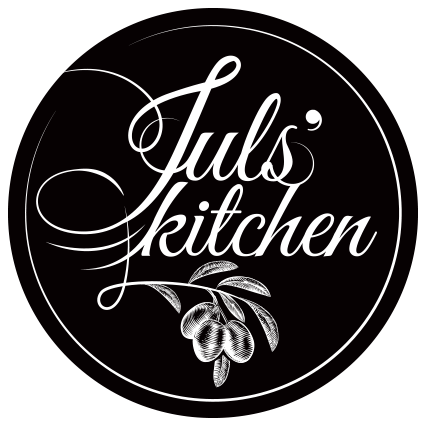
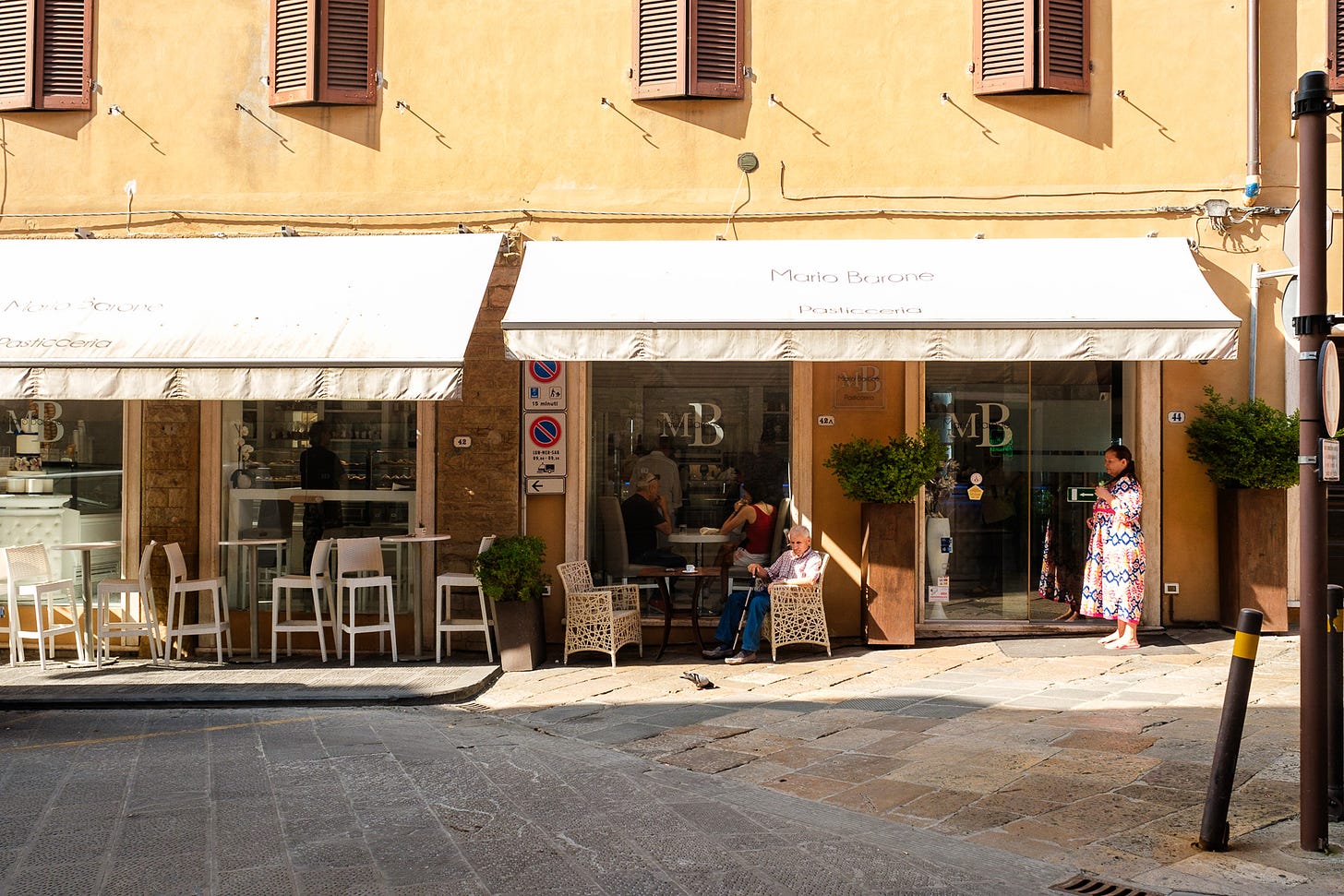
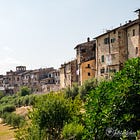

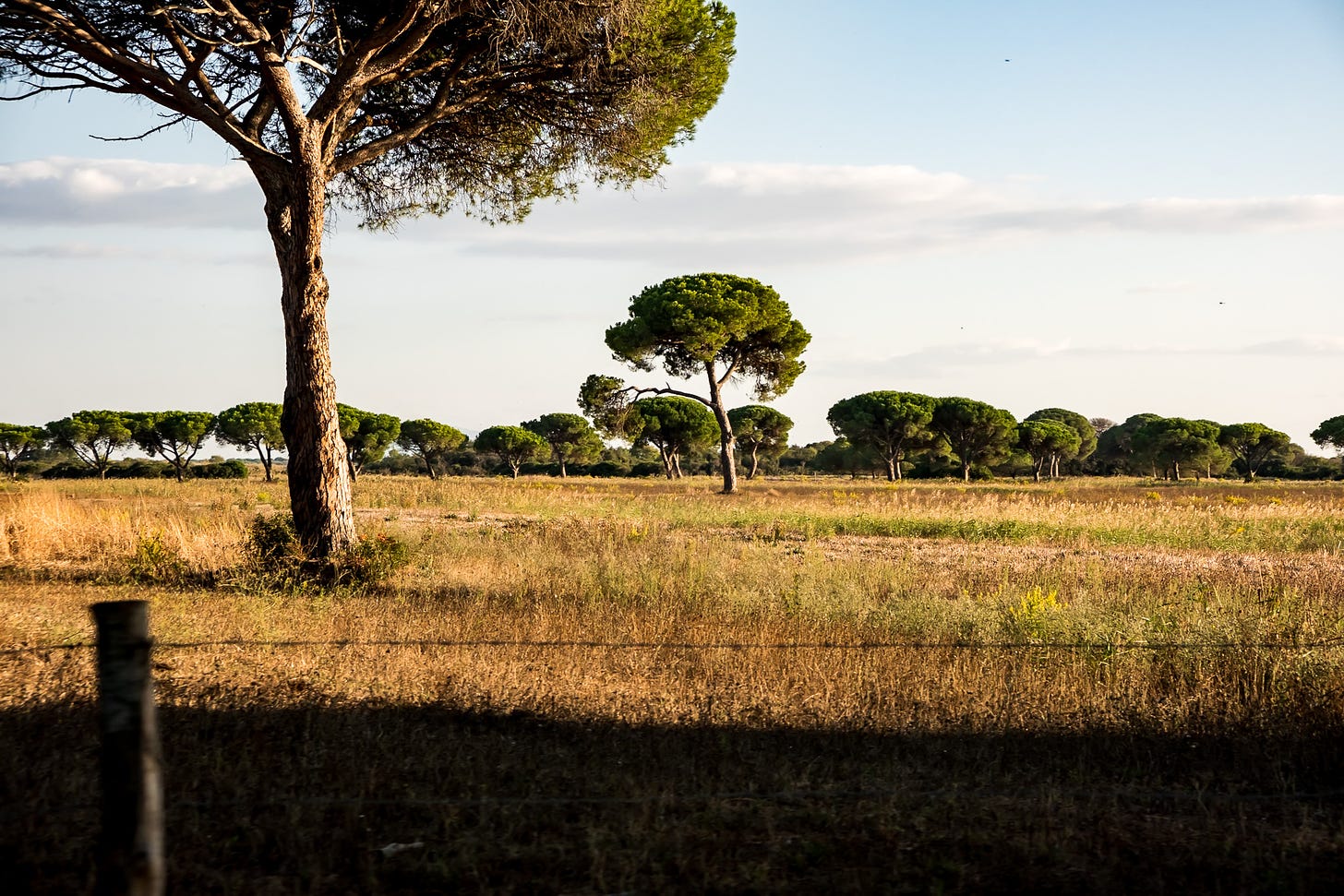
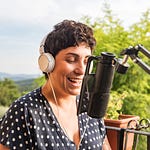
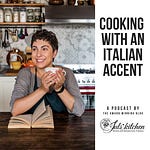


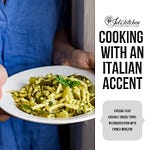
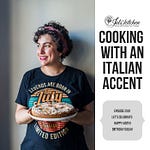

Share this post